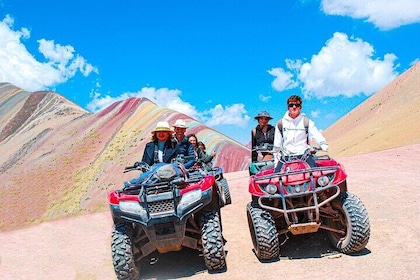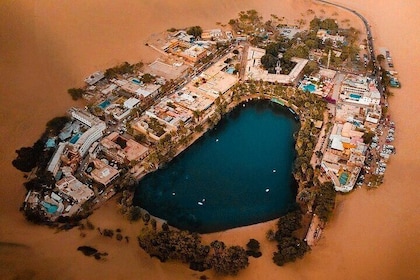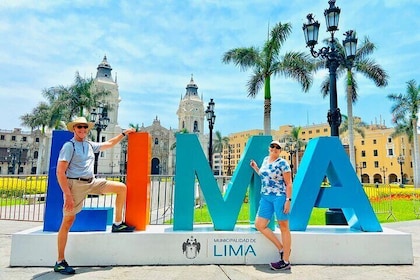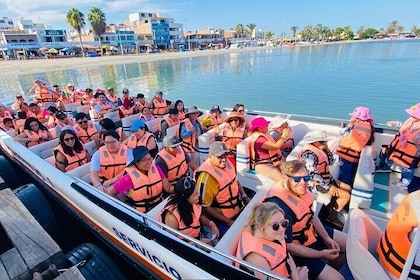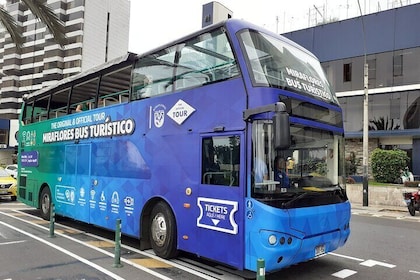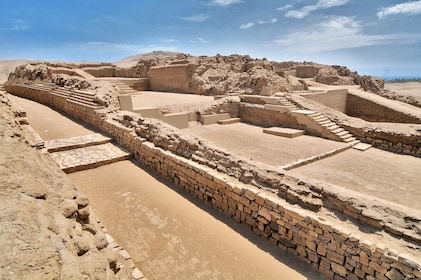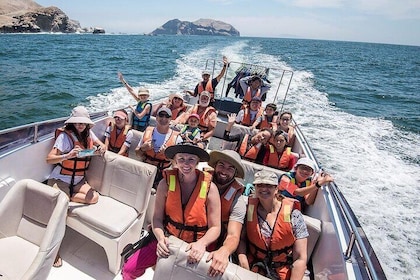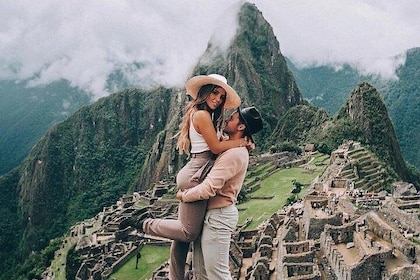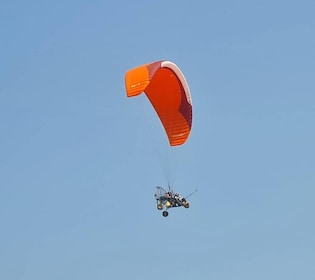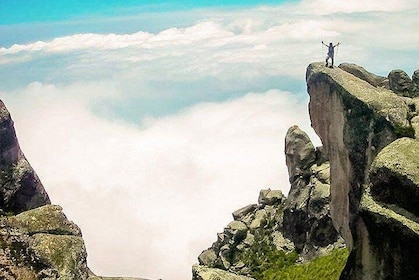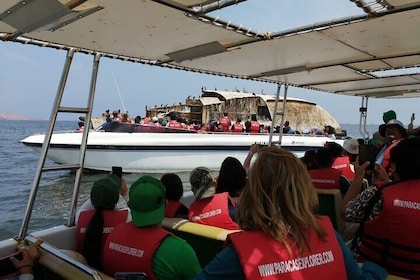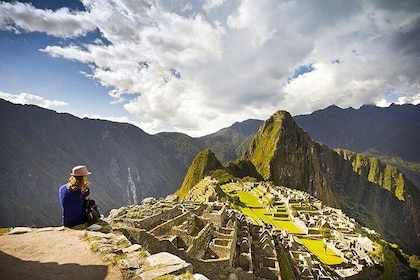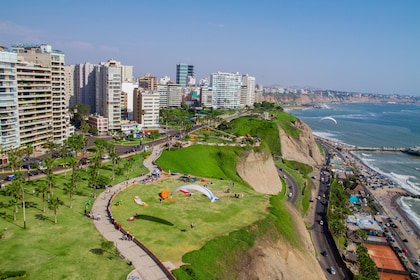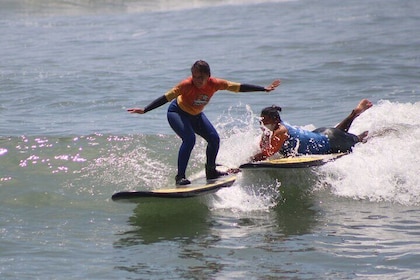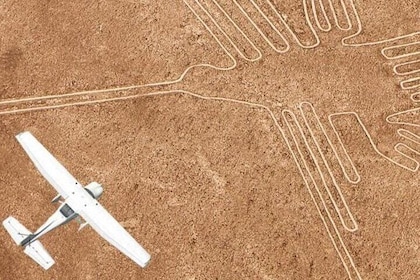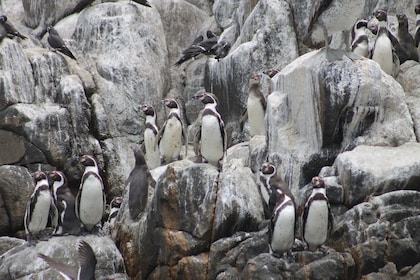This palace was built in the early 16th century by the Spanish conquistador Francisco Pizarro, who is credited with founding the city of Lima. It became the city’s first official palace since going under Spanish rule. The site is currently the residence of Peru’s president and is also where the government converges.
Visit the palace at noon to see the changing of the guards routine. They perform a march in blue-and-red uniforms, hats and Peruvian flags extended on black poles. Enter through the grand portal on the north side of Plaza Mayor. Take a guided tour of the palace for free. There is much to see, as the palace takes up an entire block.
Capture photos of the façade with palm trees and an iron fence in the foreground. Browse the ceremonial rooms of colonial design. See the well-maintained garden, which contains trees, shrubs and pebbles. Take a look around the Golden Living Room and its collection of paintings.
Pizarro constructed the building in 1535 on the exact site of the previous authority of the area’s residence, which was an Incan burial ground. Some locals and historians also know it as the House of Pizarro. Like many other historical sites in the area, it has been destroyed, rebuilt and renovated many times after numerous disasters, such as earthquakes and fires. Locate the fig tree that is said to have been planted by Pizarro, which may now be the only remaining piece from the original palace.
The palace is open to the public, but certain parts may be cut off depending on political activity in the building. Make a reservation by calling the public relations office or asking the guards where to find the office to go in person.
The Government Palace is situated in the center of the city, near to many other attractions of historical importance, such as the Cathedral of Lima, the Aliaga Virreynal House and Parque de la Muralla (Park of the Wall). The Rimac River is just to the north of the palace. The old railway stop, Desamparados Station, which is now used for administrative purposes, is right next to the site. The nearest bus station is Estacion Jirón de la Union. Arrive there and walk four blocks northeast.







